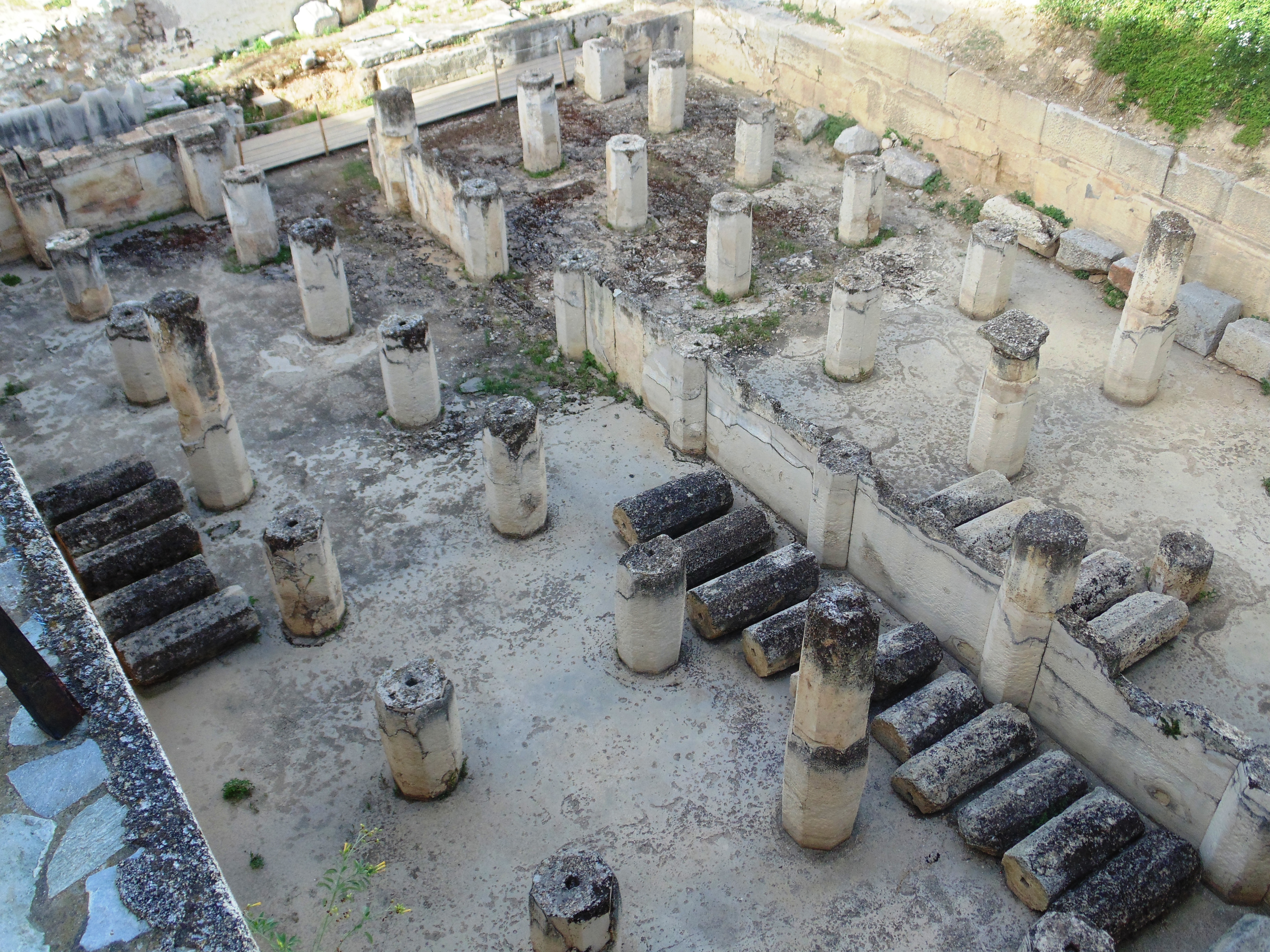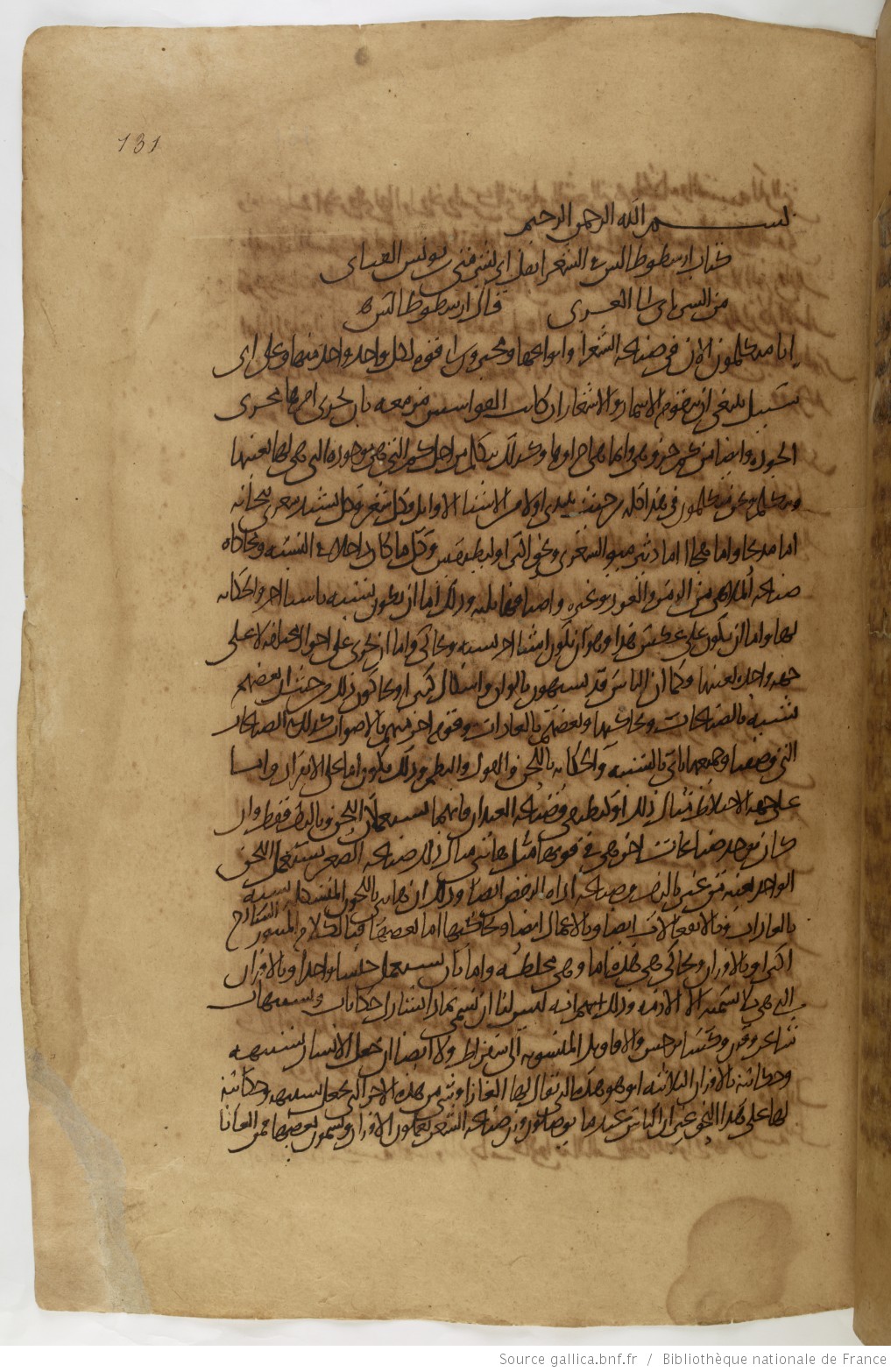|
Komos
The ''kōmos'' (; : ''kōmoi'') was a ritualistic drunken procession performed by revelers in ancient Greece, whose participants were known as ''kōmasts'' (κωμασταί, ''kōmastaí''). Its precise nature has been difficult to reconstruct from the diverse literary sources and evidence derived from vase painting. The earliest reference to the ''kōmos'' is in Hesiod's '' Shield of Herakles'', which indicates it took place as part of wedding festivities (line 281). And famously Alcibiades gate-crashes the '' Symposium'' while carousing in a ''kōmos''. However, no one kind of event is associated with the ''kōmos'': Pindar describes them taking place at the city festivals (Pythian 5.21, 8.20, Olympian 4.9), while Demosthenes mentions them taking place after the '' ''pompe'''' and '' choregoi'' on the first day of the Greater Dionysia (Speeches 21.10), which may indicate the ''kōmos'' might have been a competitive event. The ''kōmos'' must be distinguished from the pompe, ... [...More Info...] [...Related Items...] OR: [Wikipedia] [Google] [Baidu] |
Dionysia
The Dionysia (; Greek: Διονύσια) was a large festival in ancient Athens in honor of the god Dionysus, the central events of which were processions and sacrifices in honor of Dionysus, the theatrical performances of dramatic tragedies and, from 487 BC, comedies. It was the second-most important festival after the Panathenaia. The Dionysia actually consisted of two related festivals, the Rural Dionysia and the City Dionysia, which took place in different parts of the year. Rural Dionysia Origins The Dionysia was originally a rural festival in Eleutherae, Attica ( – ''Dionysia ta kat' agrous''), celebrating the cultivation of vines. Archaeological evidence suggests that theatres for the Rural Dionysia had been constructed as early as the 6th century BCE , but the festival is generally believed to have been celebrated even before that. This "rural Dionysia" was held during the winter, in the month of Poseideon (the month straddling the winter solstice, i.e., ... [...More Info...] [...Related Items...] OR: [Wikipedia] [Google] [Baidu] |
Ancient Greek Comedy
Ancient Greek comedy () was one of the final three principal dramatic forms in the theatre of classical Greece; the others being tragedy and the satyr play. Greek comedy was distinguished from tragedy by its happy endings and use of comically exaggerated character archetypes, the latter feature being the origin of the modern concept of the comedy. Athenian comedy is conventionally divided into three periods; Old Comedy survives today largely in the form of the eleven extant plays of Aristophanes; Middle Comedy is largely lost and preserved only in relatively short fragments by authors such as Athenaeus of Naucratis; New Comedy is known primarily from the substantial papyrus fragments of Menander. A burlesque dramatic form that blended tragic and comic elements, known as phlyax play or hilarotragedy, developed in the Greek colonies of Magna Graecia by the late 4th century BC. The philosopher Aristotle wrote in his '' Poetics'' (c. 335 BC) that comedy is a representation of l ... [...More Info...] [...Related Items...] OR: [Wikipedia] [Google] [Baidu] |
Shorter Oxford English Dictionary
The ''Shorter Oxford English Dictionary'' (''SOED'') is an English language dictionary published by the Oxford University Press. The SOED is a two-volume abridgement of the twenty-volume ''Oxford English Dictionary'' (''OED''). Print editions Prequel The first editor, William Little, worked on the book from 1902 until his death in 1922. The dictionary was completed by H. W. Fowler, Jessie Coulson, and C. T. Onions. An abridgement of the complete work was contemplated from 1879, when the Oxford University Press took over from the Philological Society on what was then known as ''A New English Dictionary on Historical Principles''. However, no action was taken until 1902, when the work was begun by William Little, a fellow of Corpus Christi College, Oxford. He laboured until his death in 1922, at which point he had completed "A" to "T", and "V". The remaining letters were completed by H. W. Fowler ("U", "X", "Y", and "Z") and Mrs. E. A. Coulson (Jessie Coulson) ("W") under ... [...More Info...] [...Related Items...] OR: [Wikipedia] [Google] [Baidu] |
Sicily
Sicily (Italian language, Italian and ), officially the Sicilian Region (), is an island in the central Mediterranean Sea, south of the Italian Peninsula in continental Europe and is one of the 20 regions of Italy, regions of Italy. With 4.7 million inhabitants, including 1.2 million in and around the capital city of Palermo, it is both the largest and most populous island in the Mediterranean Sea. Sicily is named after the Sicels, who inhabited the eastern part of the island during the Iron Age. Sicily has a rich and unique culture in #Art and architecture, arts, Music of Sicily, music, #Literature, literature, Sicilian cuisine, cuisine, and Sicilian Baroque, architecture. Its most prominent landmark is Mount Etna, the tallest active volcano in Europe, and one of the most active in the world, currently high. The island has a typical Mediterranean climate. It is separated from Calabria by the Strait of Messina. It is one of the five Regions of Italy#Autonomous regions with s ... [...More Info...] [...Related Items...] OR: [Wikipedia] [Google] [Baidu] |
Mime Artist
A mime artist, or simply mime (from Greek language, Greek , , "imitator, actor"), is a person who uses ''mime'' (also called ''pantomime'' outside of Britain), the acting out of a story through body motions without the use of speech, as a theatrical medium or as a performance art. In earlier times, in English, such a performer would typically be referred to as a mummer. Miming is distinguished from silent comedy, in which the artist is a character in a film or skit without sound. Jacques Copeau, strongly influenced by Commedia dell'arte and Japanese Noh theatre, used masks in the training of his actors. His pupil Étienne Decroux was highly influenced by this, started exploring and developing the possibilities of mime, and developed corporeal mime into a highly sculptural form, taking it outside the realms of naturalism. Jacques Lecoq contributed significantly to the development of mime and physical theatre with his training methods. As a result of this, the practice of mime h ... [...More Info...] [...Related Items...] OR: [Wikipedia] [Google] [Baidu] |
Megara
Megara (; , ) is a historic town and a municipality in West Attica, Greece. It lies in the northern section of the Isthmus of Corinth opposite the island of Salamis Island, Salamis, which belonged to Megara in archaic times, before being taken by Athens. Megara was one of the four districts of Attica, embodied in the four mythic sons of King Pandion II, of whom Nisos was the ruler of Megara. Megara was also a trade port, its people using their ships and wealth as a way to gain leverage on armies of neighboring poleis. Megara specialized in the exportation of wool and other animal products including livestock such as horses. It possessed two harbors, Pagae to the west on the Corinthian Gulf, and Nisaea to the east on the Saronic Gulf of the Aegean Sea. History Late Bronze Mycenaean period In the Late Bronze Age, Megara features prominently as a small kingdom in the myths and legends of Homer. Megara emerged between two fortified ports, Nisaea on the Saronic Gulf and Pagae on the ... [...More Info...] [...Related Items...] OR: [Wikipedia] [Google] [Baidu] |
Aristotle
Aristotle (; 384–322 BC) was an Ancient Greek philosophy, Ancient Greek philosopher and polymath. His writings cover a broad range of subjects spanning the natural sciences, philosophy, linguistics, economics, politics, psychology, and the arts. As the founder of the Peripatetic school of philosophy in the Lyceum (classical), Lyceum in Athens, he began the wider Aristotelianism, Aristotelian tradition that followed, which set the groundwork for the development of modern science. Little is known about Aristotle's life. He was born in the city of Stagira (ancient city), Stagira in northern Greece during the Classical Greece, Classical period. His father, Nicomachus (father of Aristotle), Nicomachus, died when Aristotle was a child, and he was brought up by a guardian. At around eighteen years old, he joined Plato's Platonic Academy, Academy in Athens and remained there until the age of thirty seven (). Shortly after Plato died, Aristotle left Athens and, at the request ... [...More Info...] [...Related Items...] OR: [Wikipedia] [Google] [Baidu] |
Poetics (Aristotle)
Aristotle's ''Poetics'' ( ''Peri poietikês''; ; ) is the earliest surviving work of Greek dramatic theory and the first extant philosophical treatise to solely focus on literary theory. In this text, Aristotle offers an account of , which refers to poetry, and more literally, "the poetic art", deriving from the term for "poet; author; maker", . Aristotle divides the art of poetry into verse drama (comedy, tragedy, and the satyr play), lyric poetry, and epic. The genres all share the function of mimesis, or imitation of life, but differ in three ways that Aristotle describes: # There are differences in music rhythm, harmony, meter, and melody. # There is a difference of goodness in the characters. # A difference exists in how the narrative is presented: telling a story or acting it out. The surviving book of ''Poetics'' is primarily concerned with drama; the analysis of tragedy constitutes the core of the discussion. Although the text is universally acknowledged in the West ... [...More Info...] [...Related Items...] OR: [Wikipedia] [Google] [Baidu] |
Symposium
In Ancient Greece, the symposium (, ''sympósion'', from συμπίνειν, ''sympínein'', 'to drink together') was the part of a banquet that took place after the meal, when drinking for pleasure was accompanied by music, dancing, recitals, or conversation.Peter Garnsey, ''Food and Society in Classical Antiquity'' (Cambridge University Press, 1999), p. 13online Sara Elise Phang, ''Roman Military Service: Ideologies of Discipline in the Late Republic and Early Principate'' (Cambridge University Press, 2008), pp. 263–264. Literary works that describe or take place at a symposium include two Socratic dialogues, Plato's '' Symposium'' and Xenophon's '' Symposium'', as well as a number of Greek poems, such as the elegies of Theognis of Megara. Symposia are depicted in Greek and Etruscan art that shows similar scenes. In modern usage, it has come to mean an academic conference or meeting, such as a scientific conference. The Latin equivalent of a Greek symposium in Roman s ... [...More Info...] [...Related Items...] OR: [Wikipedia] [Google] [Baidu] |
Thesmophoriazusae
''Thesmophoriazusae'' (; ''Thesmophoriazousai'', ), or ''Women at the Thesmophoria'' (sometimes also called ''The Poet and the Women''), is one of eleven surviving comedy plays by Aristophanes. It was first produced in 411 BC, probably at the City Dionysia. The play's focuses include the subversive role of women in a male-dominated society; the vanity of contemporary poets, such as the tragic playwrights Euripides and Agathon; and the shameless, enterprising vulgarity of an ordinary Athenian, as represented in this play by the protagonist, Mnesilochus. The work is also notable for Aristophanes' free adaptation of key structural elements of Old Comedy and for the absence of the anti-populist and anti-war comments that pepper his earlier work. It was produced in the same year as ''Lysistrata'', another play with sexual themes. How ''Thesmophoriazusae'' fared in the City Dionysia drama competition is unknown, but the play has been considered one of Aristophanes' most brilliant parodi ... [...More Info...] [...Related Items...] OR: [Wikipedia] [Google] [Baidu] |






